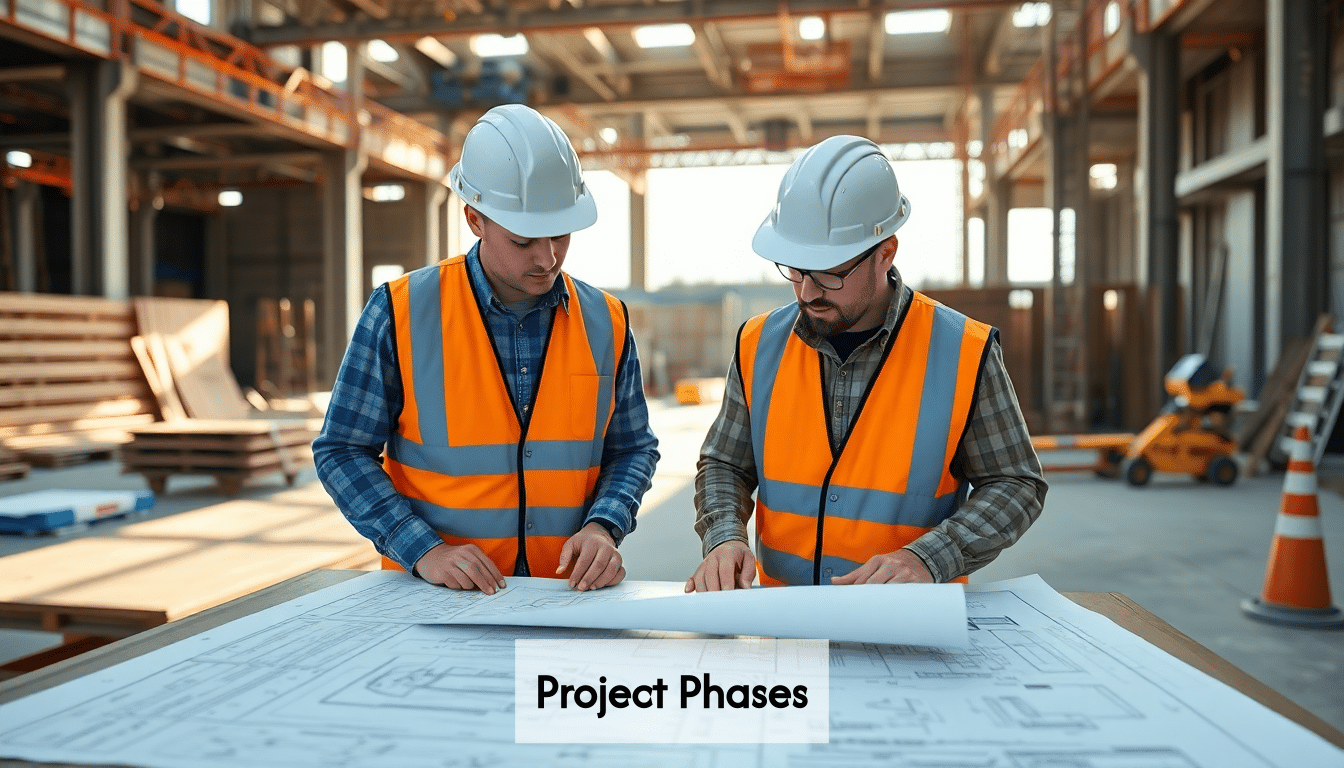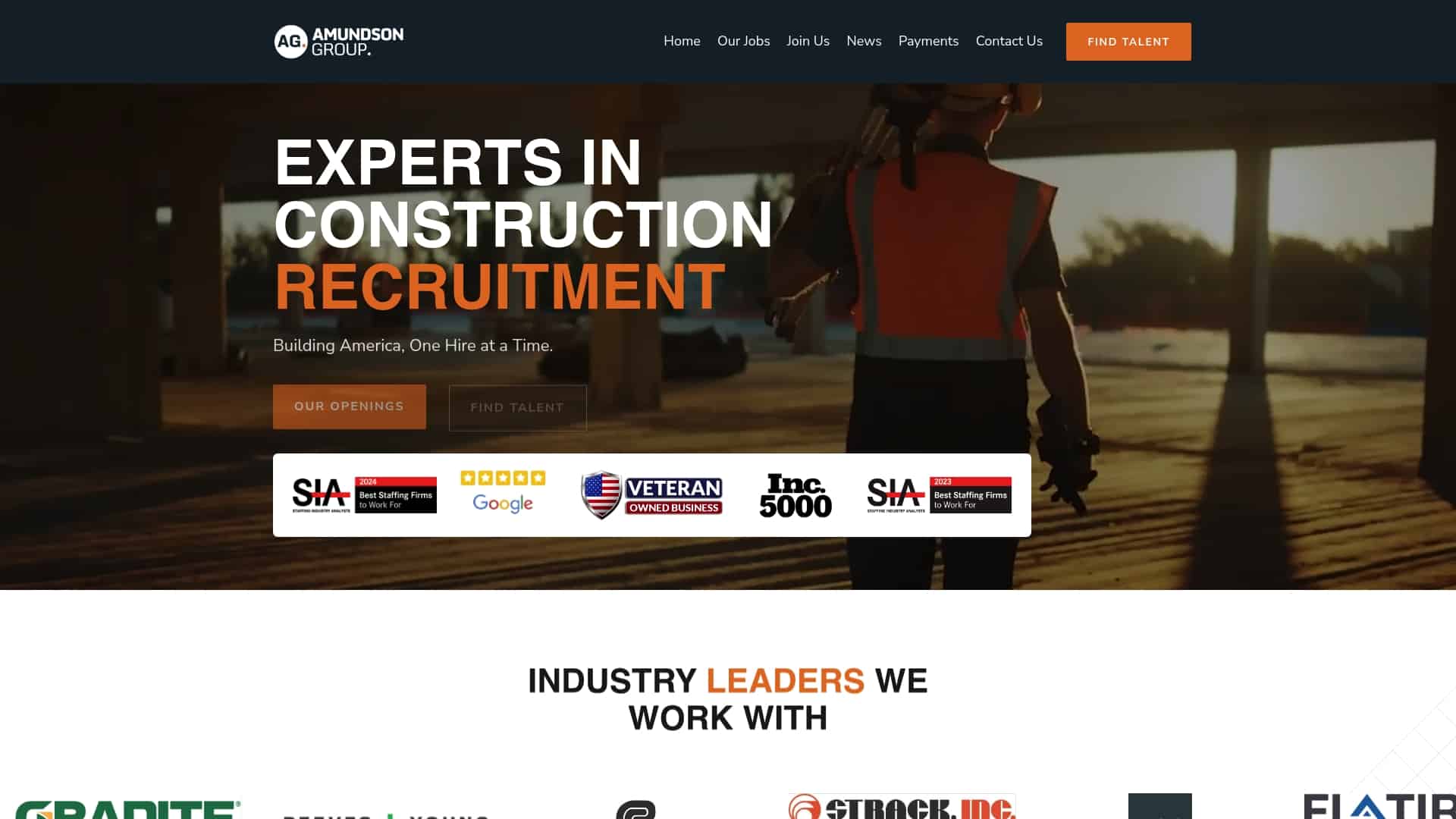Defining Commercial Building Construction: Scope and Key Components
Commercial building construction refers to the planning, design, and development of structures intended for business and profit-generating activities rather than residential use. This specialized sector encompasses projects ranging from office complexes and retail centers to healthcare facilities and industrial warehouses.
Commercial construction projects are distinguished by their scale, complexity, and specialized requirements. The construction of commercial buildings typically involves comprehensive planning phases, specialized engineering, and adherence to stricter building codes than residential construction.

The scope of commercial building construction typically includes:
- Site development and preparation
- Structural framework installation
- Mechanical, electrical, and plumbing systems
- Interior build-out and finishing
- External features including façades and landscaping
- Technology integration and smart building components
According to industry projections, the US commercial construction market is expected to grow from $171.26 billion in 2024 to $203.5 billion by 2029, representing a 3.51% annual growth rate based on recent market analysis.
A well-defined scope is critical in commercial construction projects, as it prevents scope creep, manages client expectations, and establishes clear responsibilities among all stakeholders. This foundation helps ensure projects remain on schedule and within budget while meeting all regulatory requirements and quality standards.
Key Takeaways
| Takeaway | Explanation |
|---|---|
| Commercial building construction involves design and development of business-oriented structures. | This sector includes various types of projects like office complexes and retail centers, focusing on profit-generating activities. |
| A well-defined scope is crucial for project success. | It helps in preventing scope creep, managing expectations, and ensuring compliance with regulations. |
| The US commercial construction market is projected to grow significantly by 2029. | Indicates the increasing demand and potential opportunities in commercial construction. |
| The complexity of projects requires specialized expertise in various fields. | Essential for effective management of the multiple stakeholders and technicalities involved in commercial construction. |
Navigating the Construction Process: Phases and Project Management
Successful commercial construction projects follow a structured approach with distinct phases that guide the project from conception to completion. Understanding these phases is essential for effective project management and delivery.
Commercial building projects typically progress through these key phases:
- Pre-design/Conception: Defining requirements, conducting feasibility studies, assembling the project team
- Design/Pre-construction: Developing schematic designs, creating detailed blueprints, obtaining permits
- Procurement: Selecting contractors, finalizing contracts, sourcing materials
- Construction: Executing the physical building work, coordinating trades
- Monitoring & Control: Tracking progress, managing quality, addressing changes
- Closeout: Final inspections, delivering punch lists, transferring ownership

Each phase requires specialized expertise and coordination between multiple stakeholders. According to construction management experts, the pre-construction phase is particularly critical as decisions made here significantly impact project outcomes.
Effective commercial construction project management relies on several key components:
- Clear scope definition and documentation
- Realistic scheduling with built-in contingencies
- Rigorous budget management and cost control
- Comprehensive risk assessment and mitigation strategies
- Regular stakeholder communication and reporting
The complexity of commercial construction work demands a systematic approach to project management. Construction managers must balance technical requirements, regulatory compliance, budget constraints, and timeline pressures while maintaining quality standards throughout the construction process.
Innovative Materials and Technologies Shaping Commercial Projects
The commercial building industry continues to evolve as groundbreaking materials and technologies transform construction capabilities and outcomes. These innovations are revolutionizing how commercial building projects are designed, built, and maintained.
Advanced building materials are at the forefront of commercial construction innovation:
- Carbon-fiber reinforced concrete, providing similar strength to traditional concrete while using less material
- Self-healing concrete containing bacteria that produce limestone to repair cracks when exposed to water
- Graphene-enhanced products offering strength 200 times greater than steel while improving energy efficiency
- Recycled and sustainable materials that reduce environmental impact without sacrificing performance
- Self-cleaning finishes using nanomaterials that repel water, oil, and dust on building facades
According to industry experts, 3D-printed building components are particularly transformative for commercial construction projects, enabling precise fabrication of complex structures with minimal waste and accelerated timelines.
Technology integration is equally important in modern commercial construction work:
- Building Information Modeling (BIM) for comprehensive digital representation
- Drone technology for site surveys and construction monitoring
- Prefabrication and modular construction techniques
- Internet of Things (IoT) sensors for building performance optimization
- Augmented reality for visualization and on-site assembly guidance
These advancements help commercial building projects achieve greater sustainability, reduce long-term maintenance costs, improve energy efficiency, and create healthier environments for occupants. As the definition of commercial construction continues to evolve, these innovations will increasingly become standard practice rather than exceptions.
Sustainability and Regulatory Compliance in Modern Construction
Sustainability has become a cornerstone of commercial building construction as the industry confronts its significant environmental footprint. The construction of commercial buildings accounts for 36% of global energy use and 40% of total CO2 emissions, making sustainable practices not just desirable but essential for the future of the industry.
Sustainable commercial construction encompasses several key practices:
- Energy-efficient building design and systems
- Renewable energy integration (solar, wind, geothermal)
- Water conservation and management solutions
- Waste reduction and recycling programs
- Use of sustainable and locally-sourced materials
- Implementation of green roofs and sustainable landscaping
Regulatory compliance has also become increasingly complex for commercial construction projects. Building codes and standards continually evolve to address new environmental concerns, safety requirements, and technological advances.
Key regulatory areas affecting commercial building projects include:
- Environmental impact assessments and permits
- Energy efficiency standards and certifications (LEED, BREEAM, Energy Star)
- Accessibility requirements (ADA compliance)
- Fire safety and building resilience codes
- Occupational health and safety regulations
According to industry experts, sustainable construction practices deliver tangible benefits beyond environmental protection, including reduced operational costs, increased building lifespan, enhanced property values, and healthier work environments that improve occupant productivity.
Successful commercial construction work now requires specialized knowledge of both sustainability practices and regulatory requirements. Projects that effectively balance these considerations with budget and timeline constraints are positioned to deliver greater long-term value to owners and occupants.
Cost Optimization and Financial Strategies for Commercial Builds
Effective cost management is fundamental to successful commercial building projects. With rising material costs, labor shortages, and regulatory requirements, implementing strategic financial approaches has become essential for maintaining profitability while delivering quality construction.
Life Cycle Costing (LCC) has emerged as a critical strategy in commercial construction. This approach considers not just initial construction expenses but also operational and disposal costs throughout a building’s lifespan. By evaluating the total cost of ownership during the planning phase, developers can make design choices that generate long-term savings despite potentially higher upfront investments.
Key cost optimization strategies for commercial construction projects include:
- Value engineering to identify cost-effective alternatives without sacrificing functionality
- Strategic material procurement and supply chain management
- Prefabrication and modular construction to reduce on-site labor costs
- Technology implementation for improved efficiency and reduced rework
- Comprehensive risk management to mitigate costly project delays
According to industry experts, technology adoption—particularly AI-powered solutions for material quantification—can significantly reduce operational costs by minimizing manual effort and human error in the estimation process.
Financial structuring for commercial construction projects typically involves:
- Construction loans covering development costs
- Permanent financing for long-term ownership
- Joint ventures to distribute risk and capital requirements
- Tax incentives for specific building types or locations
- Insurance strategies to protect against unforeseen expenses
By balancing initial construction costs with operational efficiency, commercial building projects can achieve optimal financial performance throughout their lifecycle while maintaining competitive market positioning.
Emerging Trends and Future Outlook in Commercial Building Construction
The commercial building industry is evolving rapidly, with several key trends reshaping what commercial construction means and how projects are executed. Understanding these developments is essential for stakeholders looking to remain competitive in this dynamic sector.
Technology integration is transforming commercial construction projects at every level:
- Artificial intelligence and machine learning optimizing resource allocation and predicting project outcomes
- Building Information Modeling (BIM) enhancing collaboration and decision-making across project teams
- 3D printing enabling faster construction processes, innovative designs, and reduced material waste
- Robotics and autonomous equipment handling repetitive or dangerous tasks on construction sites
- Internet of Things (IoT) creating smart, responsive commercial buildings
Labor force challenges continue to impact the commercial construction definition and approach. According to industry research, the construction sector needs to hire an additional 501,000 workers to meet demand, with nearly half of current infrastructure skills expected to evolve by 2030.
Other significant trends in commercial building projects include:
- Programmatic building approaches emphasizing speed, consistency, and replicability across multiple locations
- Adaptive reuse of existing structures as a sustainable and cost-effective alternative to new construction
- Flexible space design accommodating changing workplace dynamics and hybrid work models
- Increased focus on building resilience against climate events and public health challenges
- Greater emphasis on wellness features and occupant experience in commercial spaces
As the definition of commercial construction continues to expand, successful projects will increasingly require multidisciplinary expertise, technological fluency, and innovative approaches to design and execution.
Frequently Asked Questions
What is commercial building construction?
Commercial building construction refers to the planning, design, and development of structures intended for business and profit-generating activities, such as office complexes, retail centers, healthcare facilities, and industrial warehouses.
What are the key phases of a commercial construction project?
A commercial construction project typically involves six key phases: Pre-design/Conception, Design/Pre-construction, Procurement, Construction, Monitoring & Control, and Closeout.
How does sustainability play a role in commercial building construction?
Sustainability in commercial building construction involves practices like energy-efficient design, renewable energy integration, waste reduction, and the use of sustainable materials, addressing the industry’s environmental impact.
What are some emerging trends in commercial building construction?
Emerging trends include technology integration (such as AI and IoT), adaptive reuse of existing structures, flexible space design, programmatic building approaches, and an increased focus on building resilience against climate events.
Unlock Your Potential in Commercial Construction!
As the commercial building construction sector continues to grow, driven by innovative designs, sustainable practices, and advanced technologies, skilled professionals are in high demand. Whether you’re a seasoned construction expert looking to navigate sophisticated projects or a newcomer eager to make your mark, the increasing complexity outlined in our latest article can feel overwhelming. Navigating the intricate phases of commercial projects—from pre-design to closeout—requires not just expertise but the right opportunities to showcase your skills. Too often, talented individuals struggle to connect with the right roles that fit their unique capabilities.

At The Amundson Group, we’re dedicated to bridging the gap between talent and opportunity in the commercial construction field. Our strategic partnerships with industry leaders ensure that you have access to exclusive job placements, tailored opportunities, and a robust network designed to maximize your potential. Don’t let the industry’s rapid growth pass you by. Join us today and be part of the future of commercial construction! Explore our user-friendly job search functionality and discover positions that align with your ambitions at Amundson Group. Your next big opportunity is just a click away!





